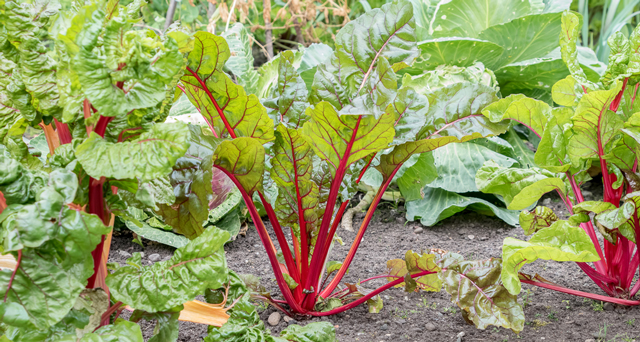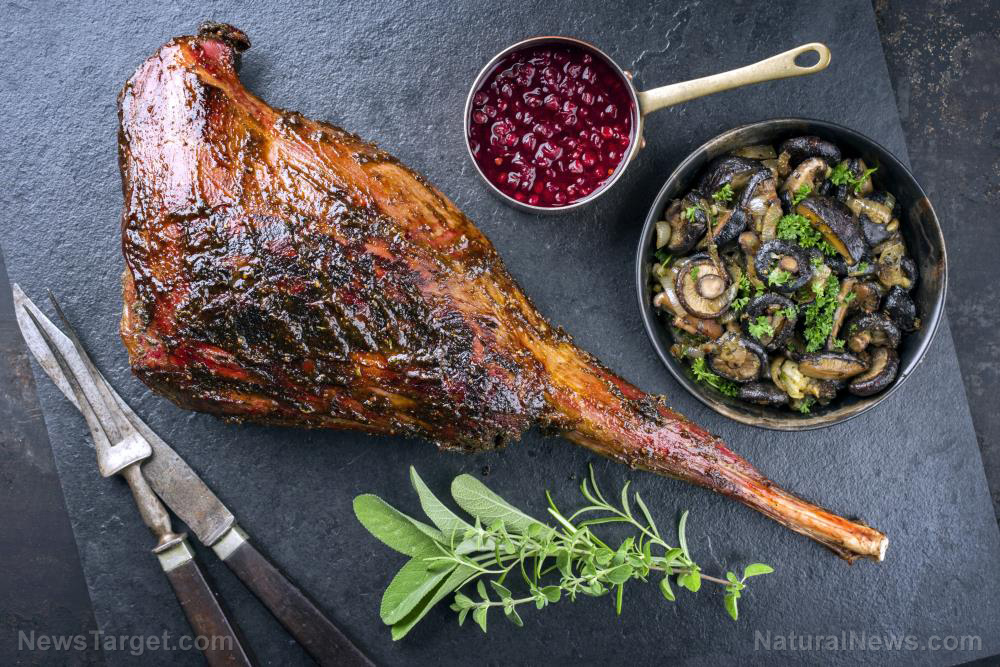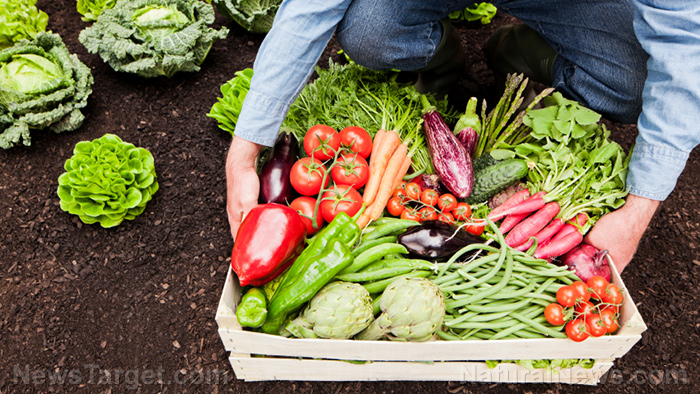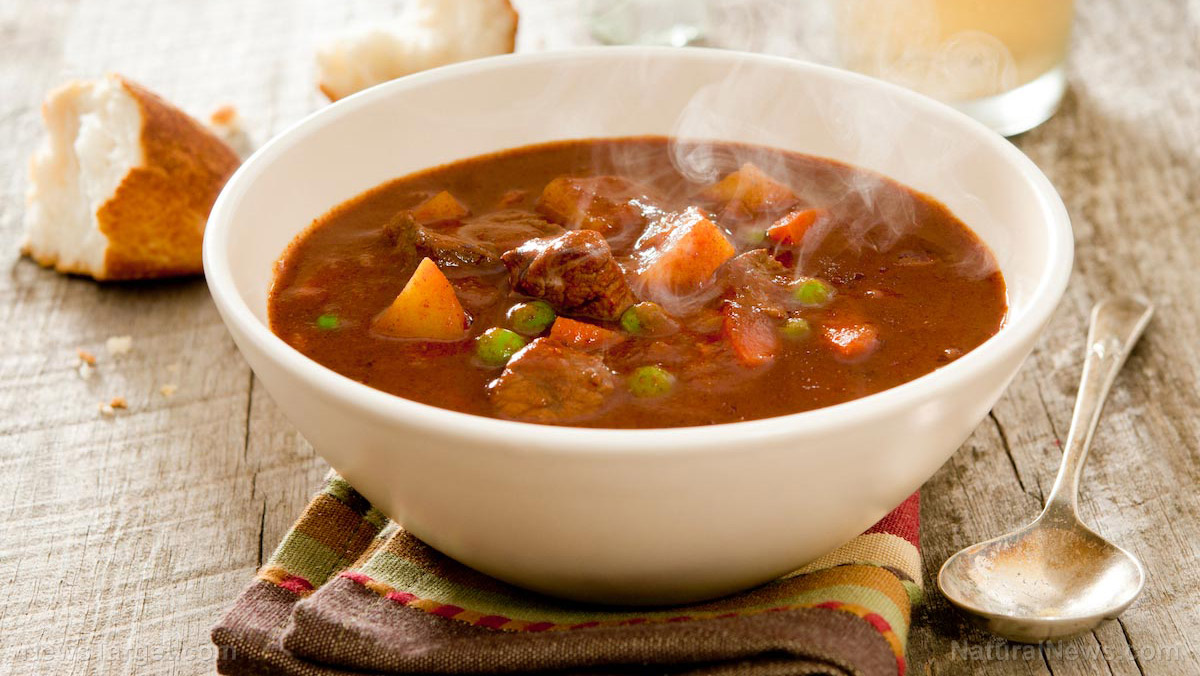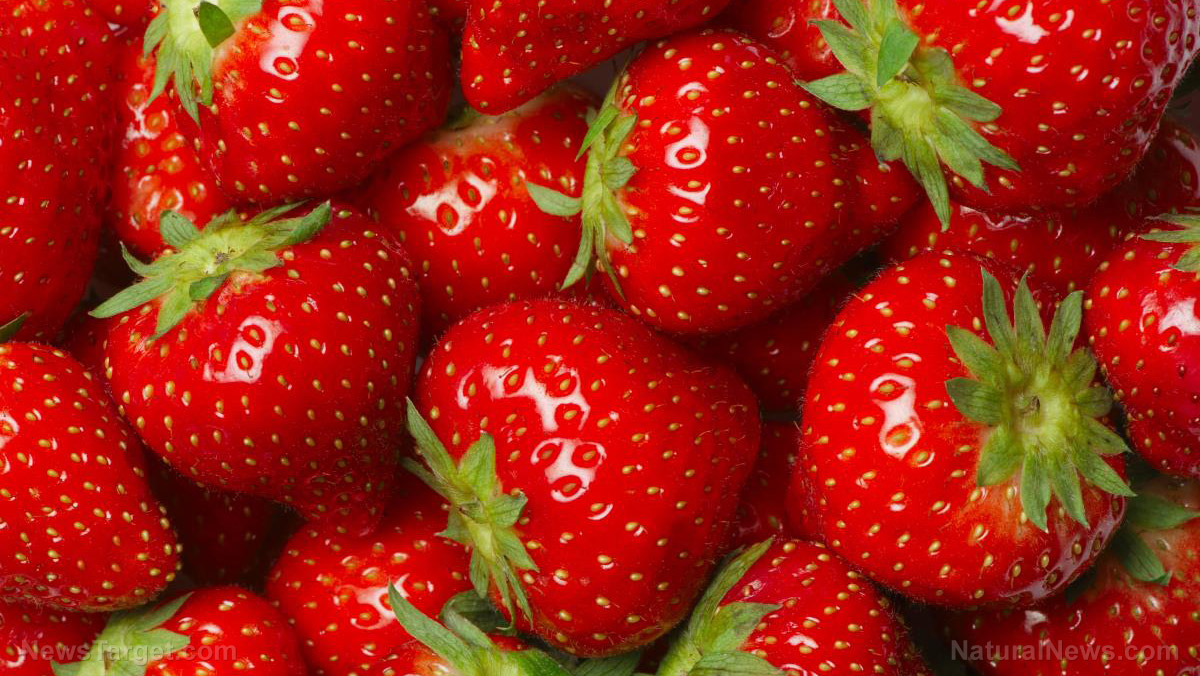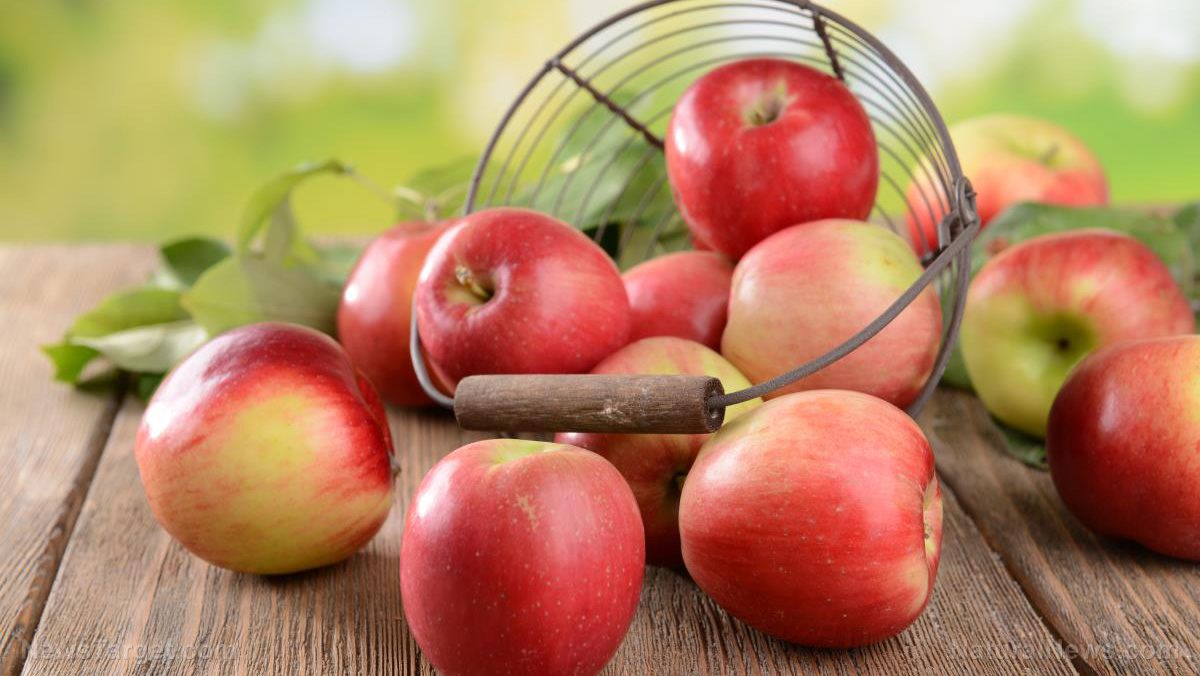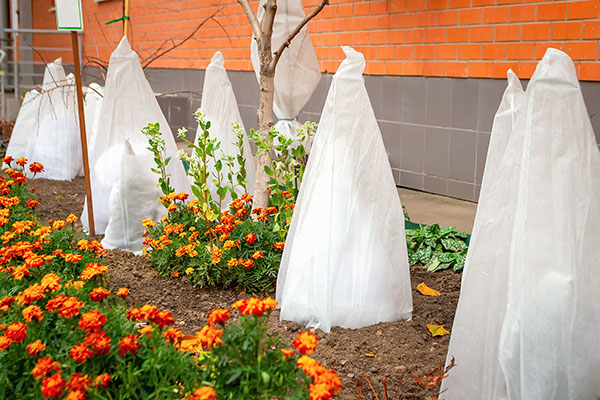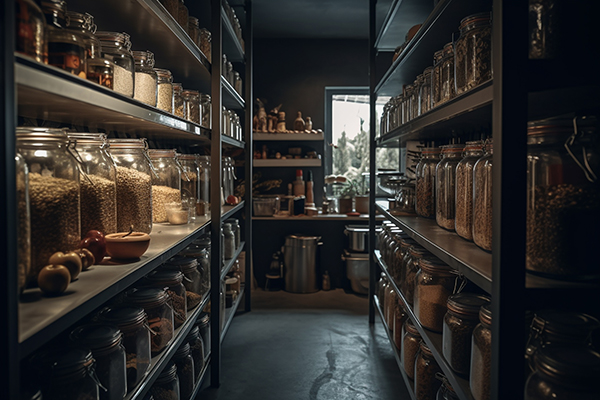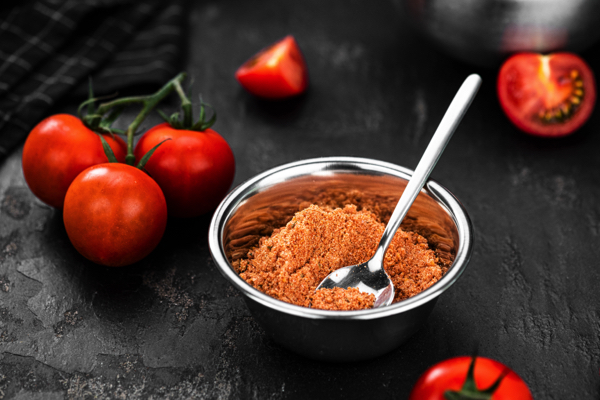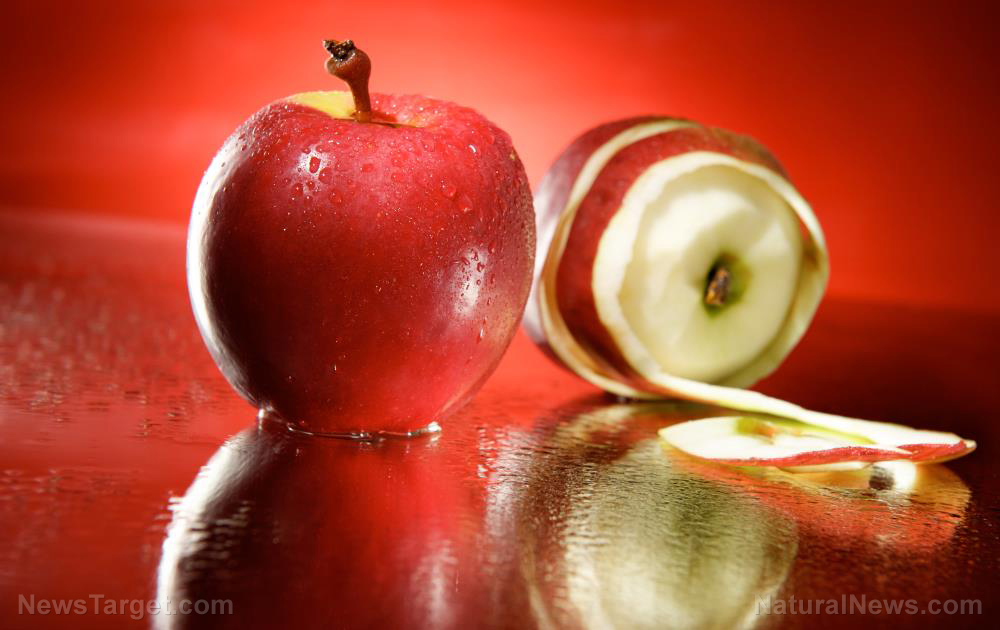“Wild Fermentation” by Sandor Ellix Katz: A journey into the transformative world of live-culture foods
06/27/2025 / By Belle Carter
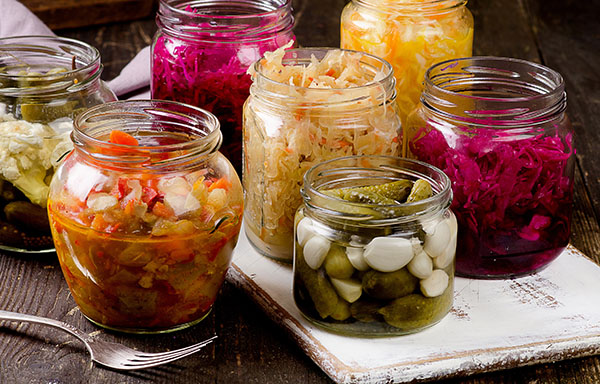
- Sandor Ellix Katz’s book “Wild Fermentation” explores the ancient art and science of fermentation, blending practical guidance with a philosophical perspective on humanity’s symbiotic relationship with bacteria.
- Katz’s passion for fermentation began with a love for traditional fermented foods but deepened after his AIDS diagnosis, leading him to embrace live-culture foods for their immune-supporting and nutritional benefits.
- Katz simplifies fermentation, emphasizing that it’s a natural process requiring no advanced expertise – just curiosity and experimentation – while offering accessible recipes for sauerkraut, kimchi, miso and more.
- The book examines the role of fermentation across cultures, from Polynesian poi to Captain Cook’s sauerkraut and challenges modern germophobia by advocating for a microbial balance in health and diet.
- Katz frames fermentation as a resistance to industrialized food — a way to reclaim dietary autonomy and reconnect with natural processes that have sustained humanity for millennia.
Sandor Ellix Katz invites readers to embrace the microscopic allies that have shaped human culture and cuisine for millennia. His book, “Wild Fermentation: The Flavor, Nutrition, and Craft of Live-Culture Foods,” is a compelling exploration of the ancient art and science of fermentation, offering a fresh perspective on the symbiotic relationship between humans and bacteria. Published at a time when the global culinary scene is witnessing a renaissance of interest in traditional food preservation methods, Katz’s work serves as both a practical guide and a philosophical manifesto for those seeking to reconnect with the natural processes that have sustained humanity for generations.
Katz, often described as a “fermentation fetishist,” is more than just an author; he is a passionate advocate for the transformative power of live-culture foods. His journey into the world of fermentation began with a simple love for the tangy, sour flavors of traditional Eastern European foods like sauerkraut and sour pickles. Growing up in New York City, Katz’s taste buds were his first guides, leading him to explore the rich culinary traditions of his cultural heritage. He humorously credits his fondness for these foods to a deep-seated worship of Roguszys, the Lithuanian god of pickled food.
However, Katz’s relationship with fermentation took on a deeper significance when he was diagnosed with AIDS. Facing a health crisis, he turned to fermented foods not only for their nutritional benefits but also for their potential to support his immune system. He found that these foods, rich in beneficial bacteria, contributed to his vitality and well-being. “Fermented foods are not a cure-all,” Katz acknowledges, “but they are an essential part of my health regimen.”
In “Wild Fermentation,” Katz demystifies the fermentation process, making it accessible to everyone, regardless of their scientific background. He emphasizes that fermentation is a natural phenomenon, occurring spontaneously in the environment. “You don’t need to be a scientist or a technician to ferment foods,” he asserts. “All you need is curiosity and a willingness to experiment.”
The book is filled with practical advice and step-by-step instructions for making a variety of fermented foods and beverages. From basic sauerkraut to more complex ferments like kimchi, miso and kefir, Katz provides detailed recipes and tips for success. He encourages readers to start small, experiment with different ingredients and techniques and find what works best for them. “Every batch is unique,” he explains, “influenced by factors like environment, season and temperature.”
One of the most intriguing aspects of “Wild Fermentation” is Katz’s exploration of the cultural and historical significance of fermentation. He delves into the ways different cultures have used fermentation to preserve food and create unique flavors. For example, he discusses the Polynesian tradition of using fermented poi as a staple food during long ocean voyages. This practice parallels Captain James Cook’s use of sauerkraut to prevent scurvy among his crew.
Katz also addresses the modern fear of germs and the obsession with hygiene. He argues that our war on bacteria is misguided and potentially harmful. “Our bodies are ecosystems,” he explains, “and the microorganisms that live on and in us play a crucial role in our health.” He advocates for a more balanced approach, one that recognizes the importance of microbial coexistence.
Ultimately, “Wild Fermentation” is more than just a cookbook; it is a call to reconnect with the natural processes that have sustained humanity for millennia. Katz sees fermentation as a form of activism, a way to resist the industrialization of food and reclaim control over our diets. “Fermentation is a celebration of the transformative power of life,” he writes. “It is a reminder that we are part of a larger, interconnected web of life.”
In conclusion, “Wild Fermentation” is a celebration of the art, science and culture of live-culture foods. It is a testament to the power of fermentation to nourish, heal and connect us to the natural world. Whether you’re a seasoned fermenter or a curious beginner, this book is a must-read for anyone interested in the transformative potential of food.
Learn more about fermentation by watching the video below.
This video is from the BrightLearn channel on Brighteon.com.
Sources include:
Submit a correction >>
Tagged Under:
bacteria, fermentation, food cures, food is medicine, Food Preservation, food science, Food storage, food supply, gut microbiota, health science, live-culture foods, natural health, organics, tips
This article may contain statements that reflect the opinion of the author
RECENT NEWS & ARTICLES
FoodStorage.News is a fact-based public education website published by Food Storage News Features, LLC.
All content copyright © 2018 by Food Storage News Features, LLC.
Contact Us with Tips or Corrections
All trademarks, registered trademarks and servicemarks mentioned on this site are the property of their respective owners.

